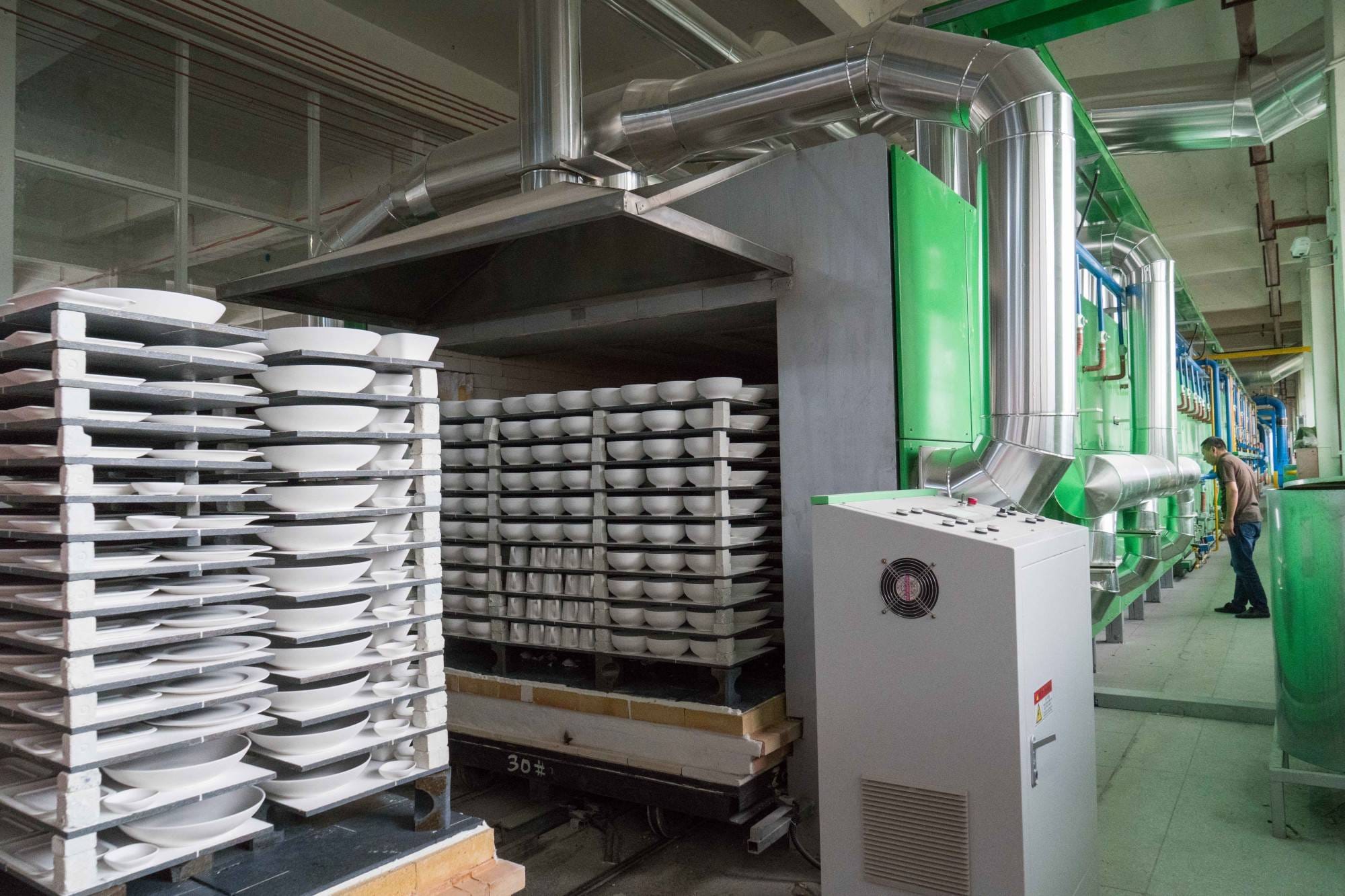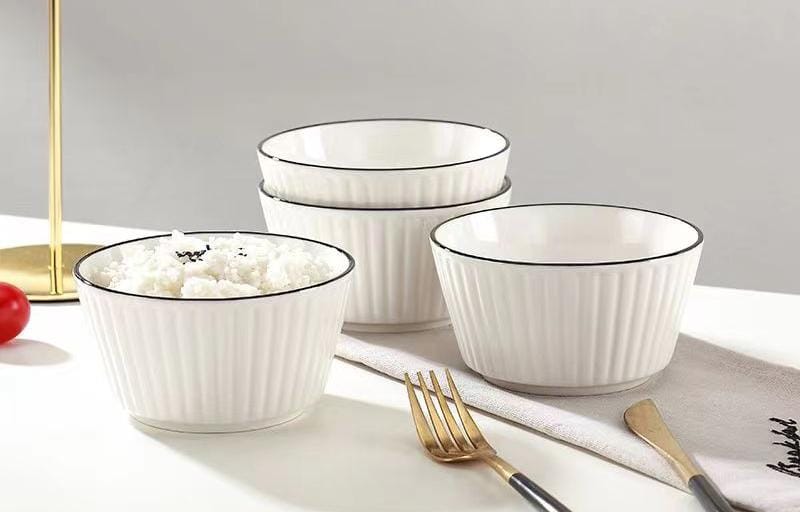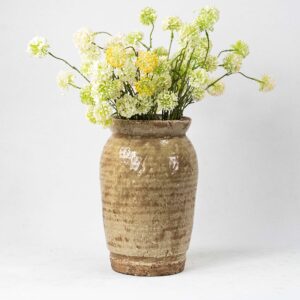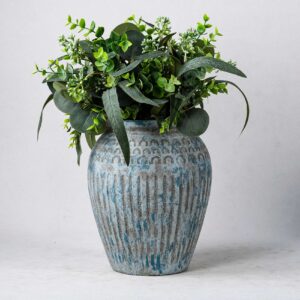Pottery kilns are important tools for making pottery and ceramic works. Understanding the temperature range of the kiln and its effect on firing pottery is crucial for every pottery enthusiast and professional potter. As a professional pottery manufacturer, I will take you to understand the working temperature of the pottery kiln and explore the firing effects and applications at different temperatures.
Temperature Range of the Kiln
The temperature of a pottery kiln will vary depending on the type of clay being fired, the glaze and the desired effect. Generally speaking, kiln temperatures can be divided into low, medium, high and ultra-high levels. Below we will introduce each temperature range and its characteristics in detail.

Low temperature kilns (900°C to 1,000°C)
Low temperature kilns are mainly used to fire low temperature clay and low temperature glazes, which are usually used for daily household pottery and decorative pottery works. The surface of the fired pottery is softer and the glaze is smoother, but not as hard as pottery fired at high temperatures.
Common applications:
Daily pottery (such as ceramic bowls and plates)
Decorative pottery (such as small sculptures, vases, etc.)
Some low-temperature glazed pottery
Pottery fired at low temperatures is suitable for use as tableware or decorative items in daily household life and is generally not suitable for use in high temperature environments.

Medium temperature kilns (1,000°C to 1,200°C)
Medium temperature kilns are suitable for a wider range of clay and glaze types, and the fired pottery is generally stronger. The glaze is smooth and rich in layers, and is widely used in daily pottery and decorative pottery.
Common applications:
Household pottery (such as tableware, tea sets, coffee cups, etc.)
Flower pots, decorative pottery
Medium temperature glazed pottery
Pottery fired at medium temperatures strikes a balance between hardness and beauty, making it suitable for everyday use and having a good decorative effect.

High temperature kiln (1,200°C to 1,350°C)
High temperature kilns are suitable for firing high quality clay and high temperature glazes, which produce very hard and durable pottery. The surface of high temperature fired pottery is usually smooth and strong, suitable for high temperature resistant cooking utensils and fine ceramic artworks.
Common applications:
Cooking utensils (such as pots, baking trays, stew pots, etc.)
High-end daily-use pottery (such as porcelain, ceramic tableware)
Ceramic sculptures and artistic pottery
High-temperature fired pottery is not only more durable, but can also withstand high-temperature cooking, making it ideal for cooking tools and some high-end decorative items.

Ultra-high temperature kilns (1,350°C to 1,450°C)
Ultra-high temperature kilns are used to fire porcelain and other special ceramics. The high firing temperature can produce very hard and delicate pottery. Porcelain and some special ceramics are fired at high temperatures to produce a unique luster and hard texture, suitable for high-end daily pottery and artworks.
Common applications:
Porcelain (such as high-end tableware, tea sets, etc.)
Fine art pottery
Special ceramic parts (such as industrial ceramics)
This high-temperature firing method not only enhances the hardness of the pottery, but also creates a very unique visual effect through changes in the glaze and texture.

Summary
The temperature of the pottery kiln determines the hardness, color, texture and application range of the pottery. Understanding the role of the kiln and the firing effect at different temperatures can help pottery enthusiasts and professional potters choose the appropriate firing method according to their needs and create works that meet their expectations. Whether it is household pottery, artistic pottery, or special industrial ceramics, firing at different temperatures gives pottery a unique charm.





